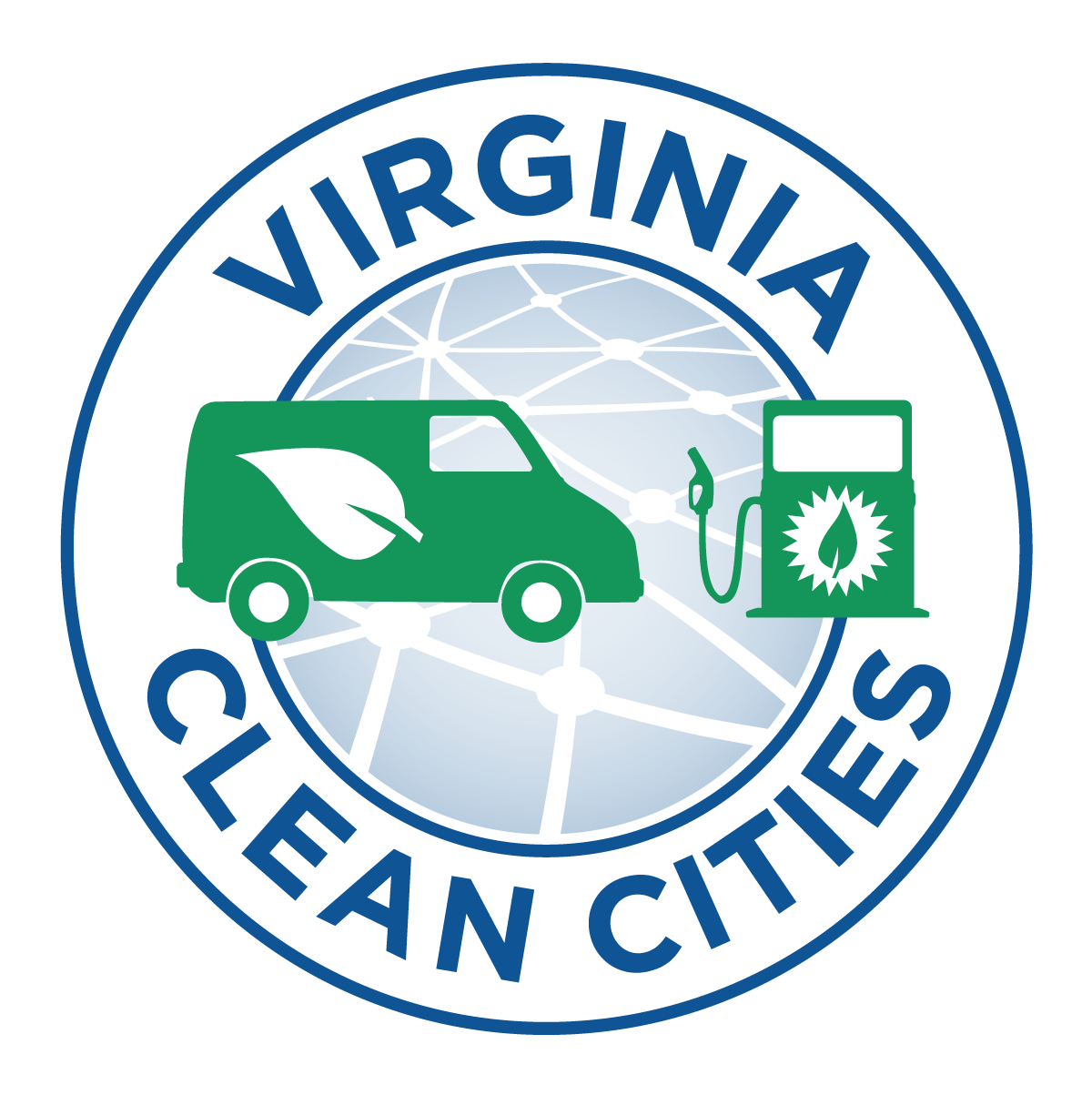
On March 20, 2024, EPA announced a final rule, Multi-Pollutant Emissions Standards for Model Years 2027 and Later Light-Duty and Medium-Duty Vehicles, that sets new, more protective standards to further reduce harmful air pollutant emissions from light-duty and medium-duty vehicles starting with model year 2027. The final rule builds upon EPA’s final standards for federal greenhouse gas emissions standards for passenger cars and light trucks for model years 2023 through 2026 and leverages advances in clean car technology to unlock benefits to Americans ranging from improving public health through reducing smog- and soot-forming pollution from vehicles, to reducing climate pollution, to saving drivers money through reduced fuel and maintenance costs. These standards will phase in over model years 2027 through 2032.
The final standards announced today, the “Multi Pollutant Emissions Standards for Model Years 2027 and Later Light-Duty and Medium-Duty Vehicles,” build on EPA’s existing emissions standards for passenger cars and light trucks for model years 2023 through 2026. The standards continue the technology-neutral and performance-based design of previous EPA standards for cars, pickups, and vans, and leverage advances in clean car technologies to further reduce both climate pollution and smog- and soot-forming emissions. EPA is finalizing the same standard proposed for MY 2032 while allowing additional time for the auto sector to scale up clean vehicle manufacturing supply chains in the first three years covered by the rule.
The final rule is expected to avoid 7.2 billion tons of CO2 emissions through 2055. Compared to the existing MY 2026 standards, the final MY 2032 standards represent a nearly 50% reduction in projected fleet average GHG emissions levels for light-duty vehicles and 44% reductions for medium-duty vehicles. In addition, the standards are expected to reduce emissions of health-harming fine particulate matter from gasoline-powered vehicles by over 95%. This will improve air quality nationwide and especially for people who live near major roadways and have environmental justice concerns.
- Final Rule: Multi-Pollutant Emissions Standards for Model Years 2027 and Later Light-Duty and Medium-Duty Vehicles (pdf) (9 MB, pre-publication, signed March 2024)
- EPA Press Release webpage link


Content courtesy of the US EPA.
